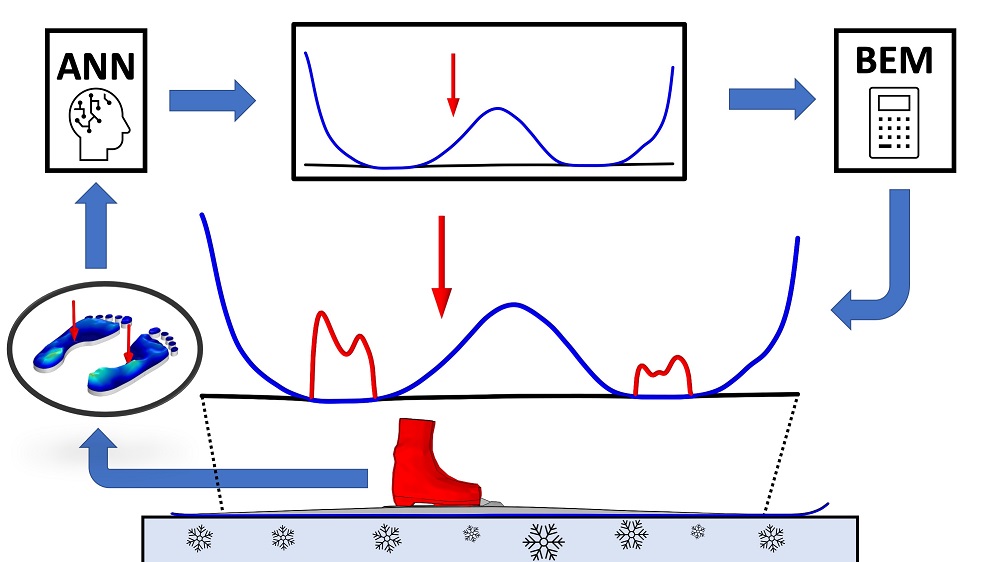Preprint
Article
Snow contact characterisation of cross-country skis: A macro-scale study of the apparent contact
Altmetrics
Downloads
279
Views
260
Comments
0
A peer-reviewed article of this preprint also exists.
Submitted:
29 August 2022
Posted:
31 August 2022
You are already at the latest version
Alerts
Abstract
In cross-country skiing the time difference between a race winner and the person coming second is typically very small. Since much of the energy is spent on overcoming resistive forces, a relatively small reduction of these can have a significant impact on the results. The resistive forces come partly from the friction in the tribological interface, between the ski and the snow, and as with many tribological applications the characterisation of its origin, plays an important role in determining the frictional properties. Also in cross-country ski friction, there are several scales impacting the frictional performance, with the major contributors being the ski-camber profile and ski-base structure. Macro-scale measurements of the ski's camber profile under load, are often used to determine how adequate the ski is for a specific condition. The characteristic properties usually obtained are, the force required to collapse the ski to a certain camber height, the topography of the kick-wax zone, and by simple means a determined lengths of the frictional interface, i.e., the apparent contact length. To this date, there are some mathematical models, but there is no robust way of determining the macro-scale contact properties between a cross-country ski and a counter surface using simulations. In the present paper an Artificial neural networks (ANN) is trained to predict the ski-camber profile for various loads placed at different positions, and a well established deterministic approach is used to simulate the contact between the ANN-predicted ski-camber profile and a linearly elastic body with a flat surface, representing the snow. The results suggest that this method is feasible for the determination of the apparent contact characteristics of different skis. Moreover, we show that the apparent contact area does not linearly depend on the load, and that the elastic properties of the counter surface also has a large impact on the apparent contact area and the average apparent contact pressure.

Keywords:
Subject: Engineering - Mechanical Engineering
Copyright: This open access article is published under a Creative Commons CC BY 4.0 license, which permit the free download, distribution, and reuse, provided that the author and preprint are cited in any reuse.
MDPI Initiatives
Important Links
© 2024 MDPI (Basel, Switzerland) unless otherwise stated






